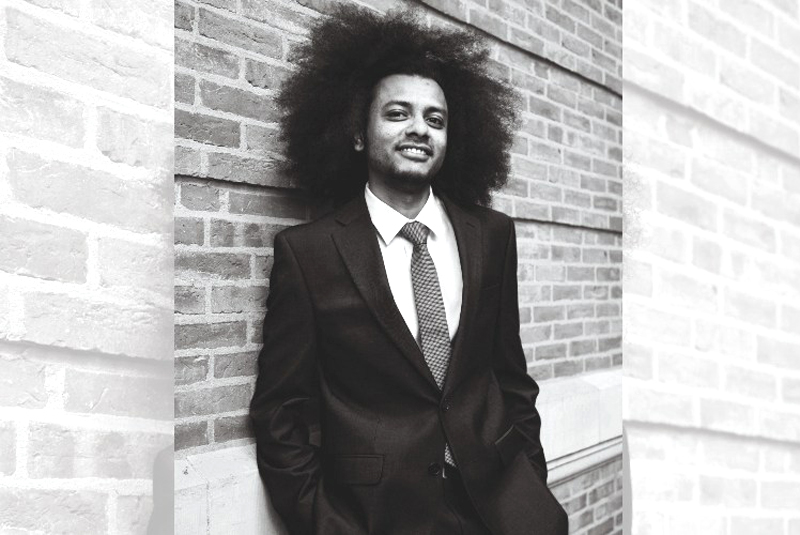On January 2, 1928, upper-caste Hindus in Madhya Pradesh gave clear instructions to the members of the Balai (“untouchables”) community. If the Balais wished to live in the village, they had to follow the rules laid down by the “caste Hindus.” Among others, the rules included the prohibition of wearing ornate clothes and providing services to caste Hindus for little or no remuneration. As the Balais did not agree to their demands, they were forced to abandon their homes and move out of the village.
A Times of India Correspondent reported this incident in 1928. Years later, in 1935, Dr BR Ambedkar mentioned this incident in his essay The Annihilation of Caste, indicting the evils of the caste system.
A week ago, The Indian Express reported a similar incident in Madhya Pradesh. Two upper-caste men bludgeoned two Dalit children, aged ten and twelve, to death. Why? For defecating in an upper-caste locality.
Even after a century, caste terrorism continues to persist in the world’s largest democracy. In the last three years, India has witnessed a dramatic increase in caste terrorism. According to a National Crime Records Bureau report, 2016, Madhya Pradesh witnessed a 49.9 per cent increase in crimes against the Scheduled Castes and a 15.6 per cent increase in crimes against Scheduled Tribes. However, instead of looking at it as a systemic disease that undermines democracy, caste discrimination is underplayed; at times, it is actively encouraged.
-30-
Copyright©Madras Courier, All Rights Reserved. You may share using our article tools. Please don't cut articles from madrascourier.com and redistribute by email, post to the web, mobile phone or social media.Please send in your feed back and comments to [email protected]











